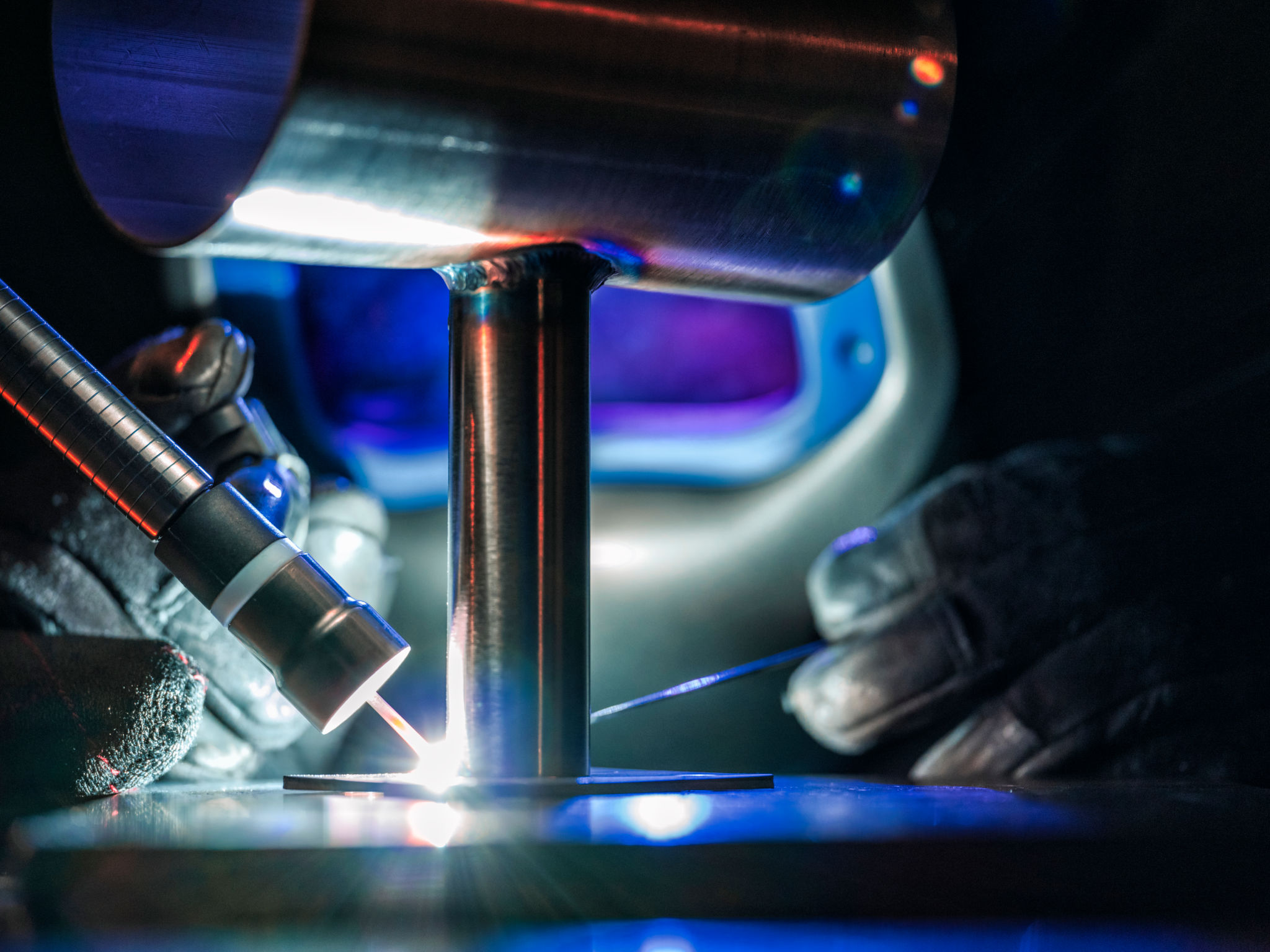The Role of Precision Welding in Sustainable Construction
Understanding Precision Welding in Construction
In the world of construction, the demand for sustainable and efficient building practices has never been greater. One technology that is playing a pivotal role in this green revolution is precision welding. This advanced technique not only enhances the structural integrity of buildings but also contributes significantly to sustainability efforts.
Precision welding involves the use of advanced tools and techniques to join metal components with an exceptional degree of accuracy. This process minimizes material waste and optimizes the use of resources, making it an ideal choice for eco-conscious construction projects.

The Environmental Benefits of Precision Welding
One of the primary advantages of precision welding in sustainable construction is its ability to reduce waste. By using precise measurements and targeted heat application, this technique ensures that only the necessary amount of material is used, thereby minimizing excess.
Moreover, precision welding reduces the need for additional materials and resources. This not only conserves raw materials but also reduces the carbon footprint associated with transporting and processing these materials. As a result, precision welding aligns perfectly with the goals of sustainable construction.
Energy Efficiency and Reduced Emissions
Precision welding is also known for its energy efficiency. The process requires less energy compared to traditional welding techniques, which rely on prolonged heating and cooling cycles. This efficiency translates into lower energy consumption and reduced emissions, contributing to a greener construction industry.

Precision Welding Techniques in Modern Architecture
In modern architecture, precision welding is utilized to create complex structures that are not only aesthetically pleasing but also structurally sound. Architects and engineers are increasingly relying on this technique to bring innovative designs to life while maintaining sustainability standards.
For instance, precision welding allows for the creation of lightweight yet strong frameworks that support large spans without the need for excessive materials. This capability is crucial in constructing buildings that are both functional and environmentally friendly.

The Role of Skilled Labor in Precision Welding
While technology plays a significant role in precision welding, skilled labor is equally important. Trained welders are essential for executing these intricate processes with the necessary accuracy and attention to detail. Their expertise ensures that the final product meets both quality and sustainability criteria.
Investing in training programs for welders can further enhance the effectiveness of precision welding in sustainable construction. By equipping workers with the skills they need, construction companies can ensure that their projects contribute positively to environmental efforts.
The Future of Sustainable Construction with Precision Welding
As the construction industry continues to evolve, the role of precision welding in promoting sustainability is expected to grow. Innovations in welding technology are likely to enhance its capabilities, making it an even more integral part of green building practices.
In conclusion, precision welding represents a crucial step forward for sustainable construction. By reducing waste, conserving resources, and enhancing energy efficiency, this technique supports the creation of eco-friendly buildings that meet the needs of both the present and future generations.
